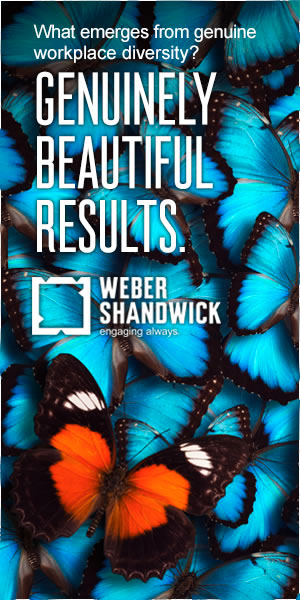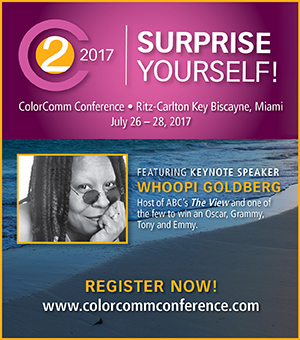Wunderman-Bienalto campaign for Vidal Sassoon took a different approach. The creative team decided that because VS Sassoon still aims to empower consumers to “create salon-professional results at home,” teaching consumers how to do it would be the best approach.
Tasked with promoting VS Sassoon’s Goddess Ultimate Steam Straightener, the team in Sydney set out to produce a series of educational videos. Recognizing the popularity of DIY content, such as BuzzFeed’s Tasty recipe tutorials, the #OMGoddess videos feature three women walking viewers through the products, as well as highlighting their own hair transformations.
It goes without saying that women in shampoo ads have amazing hair. But for some consumers, it’s maybe a little too amazing. They’re models—professionally beautiful and with a team of stylists behind them.
Though the average consumer doesn’t have that experience, VS Sassoon still aims to empower them to “create salon-professional results at home.” Analyzing the brand’s digital assets, the agency found that educating customers is the first step toward empowering them, according to Rhys Taylor, Head of Strategy at Wunderman Bienalto.
DIVERGE talked to Taylor to find out more about this campaign:
Why was it smart to have real consumers using the product?
VS Sassoon is one of the world’s most recognised hair styling brands. The brand’s promise is to ‘empower women to create salon professional results at home’. It’s a powerful message, and it’s powerfully advertised.
But our research suggested that curly haired young women don’t believe a silky, speedy, long-lasting straight look is possible without a trip to the salon.
As we explored this insight in workshops, we realised the success of the Goddess straightener product launch would depend on our target audience understanding the technique of using the product—believing that they could do it themselves. As tempting as it can be to promote an inspirational brand message—this wasn’t the time or place.
So this formed the core of our content story for this campaign, and that’s why we sought out relatable talent.
What kind of response did you receive?
Our insight was validated: Visitors to the website from social were up 21.45%, Facebook click-through rate was 1.67% (3x industry average during the campaign period), and we saw significant click through to retailers.
Why did you use a diverse group of women? How did that help the campaign?
The campaign was based on believability through relatability. We wanted to show the effectiveness of the product in multiple situations to reinforce this.
Do you plan to do more of these in the future?
Yes, we are increasingly encouraging all our clients to take a customer-centric, content-led approach to their marketing. And helping them to understand Wunderman’s Content Currencies of: Education, Information, Inspiration, Entertainment, Utility, Experience; how these map to the customer journey; and can be used to satisfy different persona needs at each stage.

